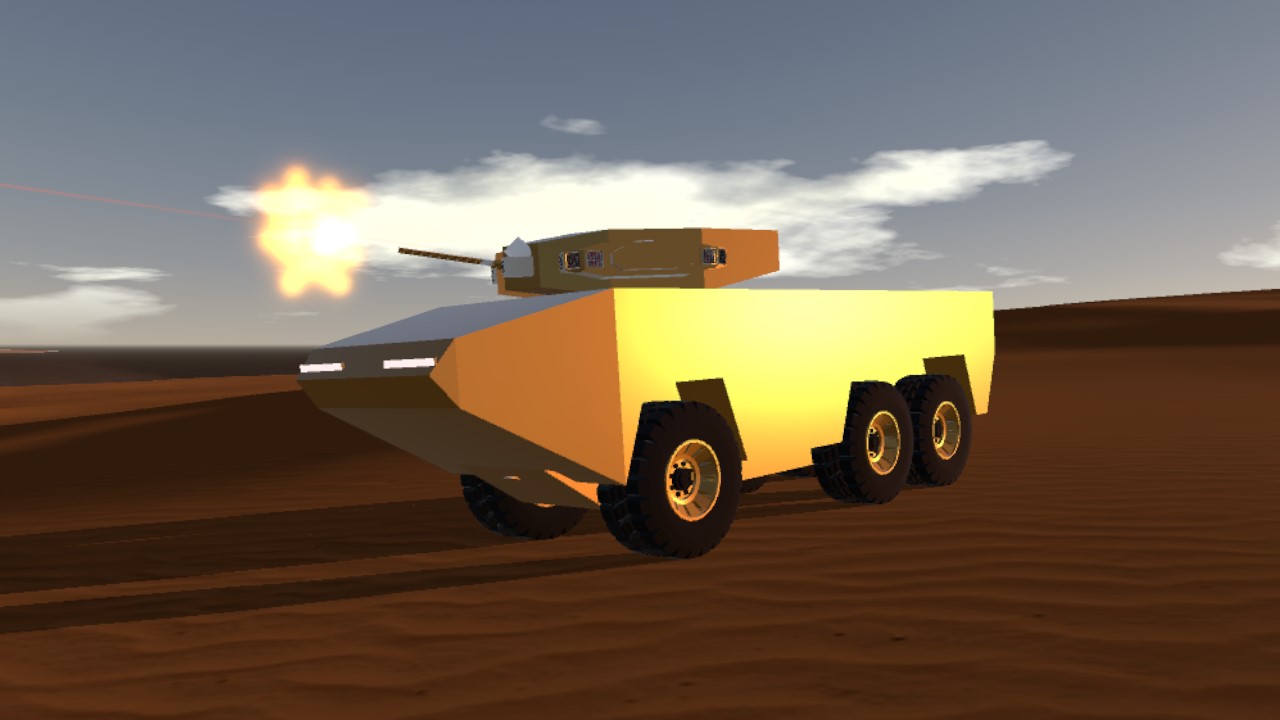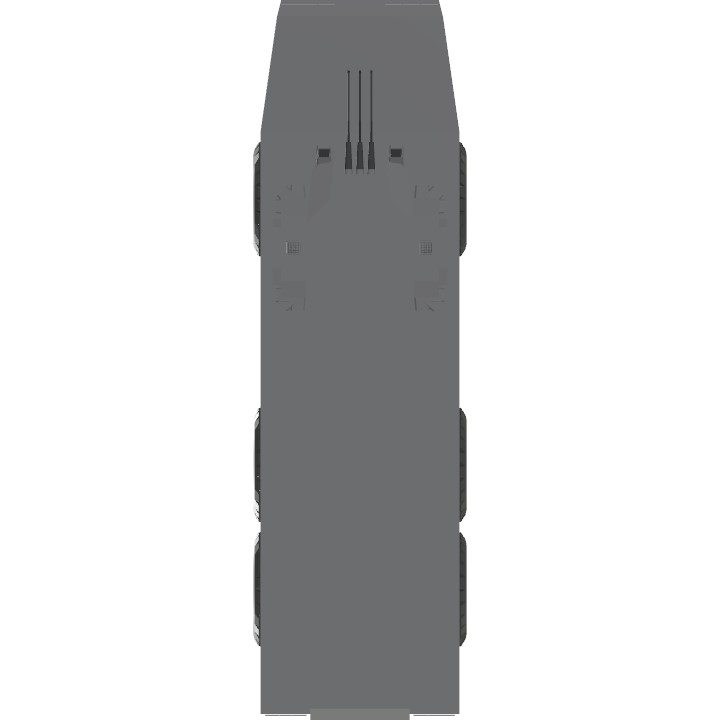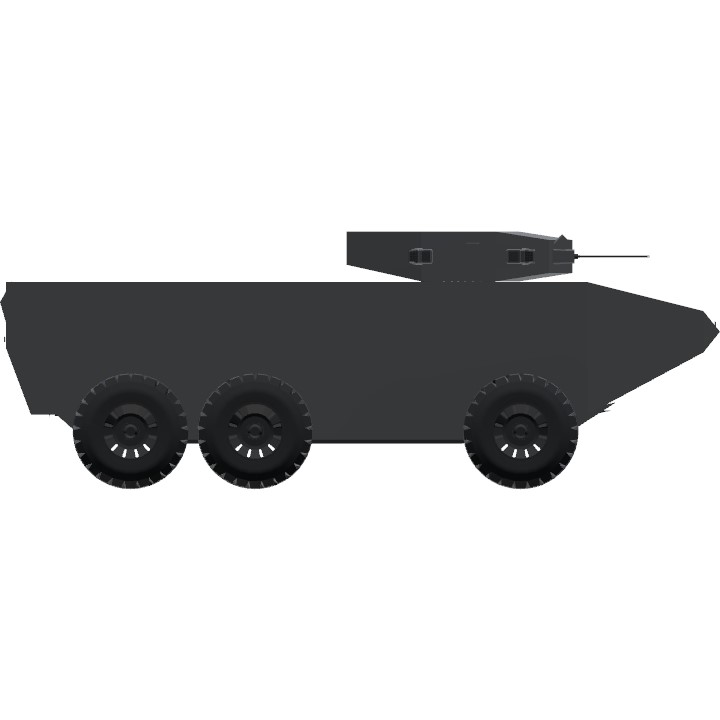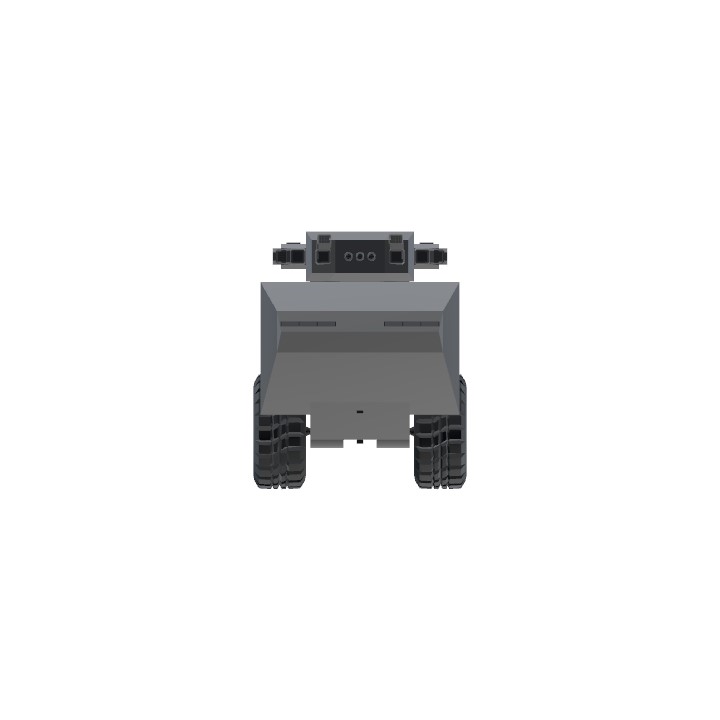The Type 83 Ka-Mi infantry fighting vehicle (83-shiki soko-sento-sha Ka-Mi) is an amphibious wheeled 6x6 Japanese infantry fighting vehicle developed for Japan by Enoshima Heavy Industries designed for use by the mechanized infantry units of both the Imperial Army Corps and the Imperial Marine Corps. It was Japan's first infantry fighting vehicle to enter service, replacing Japan's earlier armored personell carriers as Japan's primary vehicle for mechanized infantry. The design was built off the chassis of a Mitsubishi Hauler truck and the hull's baseline design from the IFV's namesake, the Ka-Mi light tank of the Second World War. Nevertheless, the vehicle still was an expremely rugged and reliable design, with it's modular design allowing for a wide variety of loadouts. The base model incoporated a triple Type 96 light-anti-aircraft autocannon remote-controlled turret, but it can be switched out for a 57mm, 40mm, twin 50mm, or virtually any other vehicle-mounted armanent almost on the fly, including even anti-tank missile launchers. Some specialized variants have even been deployed in anti-aircraft operations, and in further addition, it's amphibious capability also allows it to be deployed in an amphibious invasion without the need for dedicated landing craft.
Overview
Type: Amphibious infantry fighting vehicle
Origin: Japan
Manufacturer: Enoshima Heavy Industries
Operators: see Operators
Developed from: Enoshima Type 74 APC
Produced: 1983-current
Specifications
Mass: 17.8 tons standard load
Width: 10.0ft (3.1m)
Length: 35.6ft (10.8m)
Height: 12.7ft (3.9m)
Crew: 10 (commander, driver, and eight passengers)
Armor
Japan Steel Works tungsten carbide/steel-ceramic composite, effective protection equal to 6x RHA
- 25mm front, angled 60-80 degrees from vertical
- 14.5mm sides and rear, vertical
- 37mm frontal turret, angled 45 degrees from vertical
- 13.2mm turret sides and rear, vertical
- 7.7mm turret roof, horizontal
Armament
3x Type 96 25mm light anti-aircraft guns (400rds/gun)
- 1x Type 70 57mm/30 light anti-infantry gun (Model 1)
- 2x Type 99 50mm medium anti-aircraft guns (Model 2)
General characteristics
Autoloader: Twin-linked ammunition belt, constant-feed
Engine: 1x Mitsubishi Asa 7-cylinder air-cooled single-turbo radial diesel engine, 600hp, 2,000rpm
Transmission: 6-speed manual transmission, 1 secondary reverse clutch
- secondary diesel-electric drive for marine propulsion
Suspension: Torsion spring
Top speed: 100km/h (62mph) forwards, 100km/h (62mph) backwards
- 40km/h (21 knots, 25 mph) on water
Operational range: 700km (on lamd)
Countermeasures
2x Type 80 active protection systems
4x Type 57 flare launchers
Optics and targeting equipment
Mikasa Mi-70 day/night vision optical sight
Mikasa Mi-69 gyro-stabilized tank fire-control system
Aichi Kokuki Ai-71 infared laser rangefinder
- backup secondary open ring iron sights and coincidence rangefinder
Operators
Japan (Japanese Imperial Army Corps, Japanese Imperial Marine Corps): 80,000 vehicles across eight regiments within both the Army Corps's and the Marine Corps's eight divisions combined.
Controls
AG1: Night Vision
AG2 + FireGuns: APS
AG3: Lowering the infantry door/hatch/whatever
WASD: Driving the mechanical abnomination
Throttle + Yaw: Marine engine and steering
Specifications
General Characteristics
- Predecessor War Challenge United - Season 2
- Successors 1 airplane(s) +7 bonus
- Created On Windows
- Wingspan 10.0ft (3.1m)
- Length 35.6ft (10.8m)
- Height 12.7ft (3.9m)
- Empty Weight 14,930lbs (6,772kg)
- Loaded Weight 39,455lbs (17,896kg)
Performance
- Horse Power/Weight Ratio 0.078
- Wing Loading 644.5lbs/ft2 (3,146.7kg/m2)
- Wing Area 61.2ft2 (5.7m2)
- Drag Points 4333
Parts
- Number of Parts 139
- Control Surfaces 1
- Performance Cost 708






